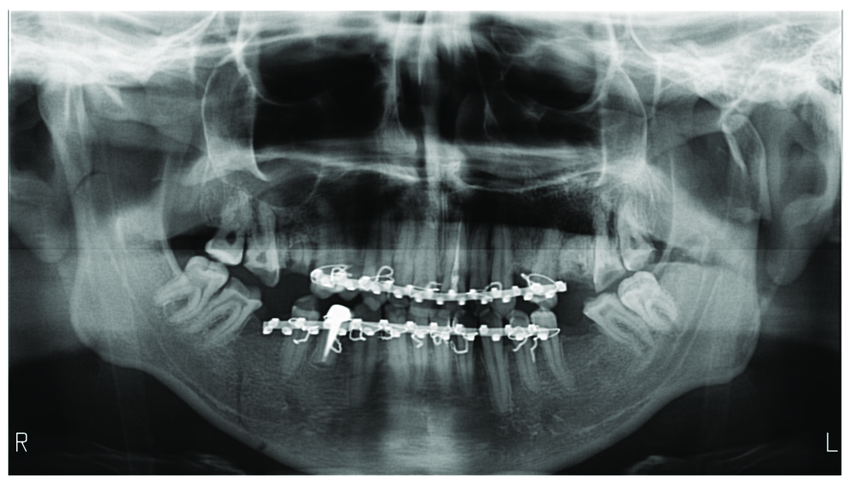Panoramic Organ Imaging
we offer Panoramic Organ Imaging — a cutting-edge diagnostic procedure that provides wide-angle, detailed images of internal organs in a single scan.

Types of Panoramic Organ Imaging
Depending on your symptoms and the clinical need, different panoramic imaging methods may be used, including:
CT Panoramic Organ Imaging (Computed Tomography): Provides cross-sectional images and is excellent for detecting tumors, bleeding, and organ injuries.
MRI Panoramic Organ Imaging (Magnetic Resonance Imaging): Uses magnetic fields to produce highly detailed soft tissue images, ideal for evaluating the liver, pancreas, kidneys, and vascular system.
Ultrasound Panoramic Imaging: Offers real-time, radiation-free imaging, often used for the abdomen and pelvis.
PET-CT Panoramic Imaging: Combines metabolic and anatomical imaging, useful in cancer detection and staging.
Symptoms That May Require Panoramic Organ Imaging
Your doctor may recommend panoramic organ imaging if you experience symptoms such as:
Unexplained abdominal or flank pain
Jaundice (yellowing of the skin or eyes)
Blood in urine or stools
Unintentional weight loss
Digestive issues or persistent nausea
Swelling or masses felt in the abdomen
History of trauma or injury to the abdomen
What Are Some Common Uses of the Procedure?
Panoramic Organ Imaging is commonly used to:
Detect tumors, cysts, or masses
Evaluate liver disease, including cirrhosis or fatty liver
Diagnose kidney stones or kidney disease
Investigate pancreatic inflammation or tumors
Assess abdominal pain and organ injury after trauma
Guide biopsies or minimally invasive procedures
Monitor cancer treatment or disease progression
How Do I Prepare for My Panoramic Organ Imaging?
Preparation depends on the type of imaging:
CT/MRI scans: You may be asked to fast for a few hours; remove metal objects or jewelry; in some cases, contrast material may be used.
Ultrasound: You may need a full bladder for pelvic exams or fasting for abdominal studies.
PET-CT: Special dietary instructions may apply, such as avoiding sugar or caffeine.
Our team will provide detailed preparation instructions when you schedule your appointment.
What Will Happen During My Panoramic Organ Imaging?
During the procedure:
You will lie comfortably on the imaging table.
The scanner or ultrasound probe will move around the target area to capture images.
You may hear clicking or humming sounds (especially in MRI or CT scans).
The procedure is painless, but you’ll need to stay still to ensure clear images.
The scan typically takes 20–60 minutes, depending on the type.
Our technologists will guide you and ensure your comfort throughout the process.
What Are the Reasons for a Panoramic Organ Imaging?
Doctors may order panoramic organ imaging to:
Identify the cause of unexplained symptoms
Confirm or rule out a diagnosis
Assess the extent of an existing condition
Plan surgery or treatment
Check the effectiveness of ongoing treatment
Screen for disease in high-risk individuals
What Are the Reasons for a Panoramic Organ Imaging?
Doctors may order panoramic organ imaging to:
Identify the cause of unexplained symptoms
Confirm or rule out a diagnosis
Assess the extent of an existing condition
Plan surgery or treatment
Check the effectiveness of ongoing treatment
Screen for disease in high-risk individuals
Why Panoramic Organ Imaging is Used
Panoramic Organ Imaging is used because it provides:
Comprehensive evaluation: Multiple organs and systems are assessed at once.
High diagnostic accuracy: Small abnormalities that might be missed on routine scans are detected.
Early disease detection: Helps identify conditions before they become advanced.
Better treatment planning: Provides a roadmap for surgery, therapy, or other interventions.
With its ability to deliver a complete picture of your internal health, panoramic organ imaging has become an essential tool in modern medicine.
